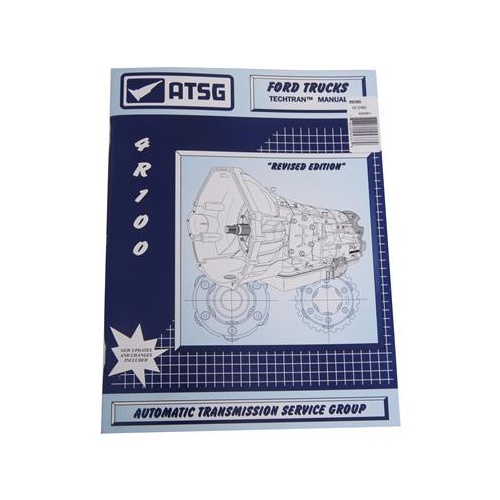Cartech Books, How To: Designing & Tuning High -Perf Fuel Injection Systems (PART #BOK-CT-SA161)
This is a print on demand (POD) book with color photos. The paper and photo quality in this book, although good, often does not match the original version but the information remains the same.
So you've decided that fuel injection is for you, but want to know more. Many questions surround what appears to many as more of a black art than science. Engine tuning used to be the hallowed ground of vehicle engineers and cutting-edge hot rodders. For years, the carburetor filled the needs of enthusiasts and provided simple adjustments at the end of a flat-bladed screwdriver. But today, electronic controls for engines are the norm. Even the casual enthusiast who actually drives his favorite hot rod on the streets can easily see the benefit of increased precision when he fires the car up for the first time each spring. A properly tuned EFI system rarely needs anything more than the turn of the key to come to life.
Following up his best-selling title,
Engine Management: Advanced Tuning
, author Greg Banish goes in-depth on the combustion basics of fuel injection as well as benefits and limitations of standalone. Learn useful formulas, VE equation and airflow estimation, and more. Also covered are setups and calibration, creating VE tables, creating timing maps, auxiliary output controls, start to finish calibration examples with screen shots to document the process. Useful appendixes include glossary and a special resources guide with standalone manufacturers and test equipment manufacturers.
Aftermarket standalone systems are a great way to dial in performance and reliability.
Designing and Tuning High-Performance Fuel-Injection Systems
is the book you need to become an expert in this popular modification.
TABLE OF CONTENTS |
|
Introduction |
Welcome to Electronic Fuel Injection
Chapter 1: Common Tuning Mistakes Unwillingness to Learn Improper Injector Characterization Failure to Perform Steady State Measurements Mechanical Problems Tuning for Dyno Numbers Tuning Only on the Street Tuning Only on the Dyno Trusting Marginal Measurement Equipment Getting Good Advice
Chapter 2: Components of a Standalone Why Use a Standalone? So What's In It for Me? Drawbacks of SA Controllers
Chapter 3: Combustion Basics The Great Equalizer AFR and Torque Fuel Economy and Emissions
Chapter 4: VE Equation and Airflow Estimation Engine Load VE and Torque
Chapter 5: Fuel Injector behavior Batch vs. Sequential Injection Saturation vs. Peak and Hold Flow Rate vs. Time Choosing an Injector Fuel Pressure Multiple Injector Arrays
Chapter 6: Ignition Angle and Cylinder Pressure Spark Hook Test Knock Torque Control
Chapter 7: VE Table Zones
Chapter 8: Introduction to Setups and Calibration Laptop Wideband Oxygen Sensor Dynamometers Additional Equipment
Chapter 9: Initial Setup
Chapter 10: Creating a VE Table from Scratch Getting Moving on the Dyno Working Downward Higher Loads Boosted Operation
Chapter 11: Acceleration Enrichment Calibration of the Transient Fueling Correction
Chapter 12: Timing Maps from Scratch Rule #1: Don't Knock! Rule #2: Advance Timing with Increasing Engine Speed Rule #3: Reduce Timing with Increasing Cylinder Load Rule #4: Don't Run MBT at Idle Finding MBT on the Dyno WOT Spark Advance Boosted Spark Advance
Chapter 13: Startup Maps Fuel Delivery
Chapter 14: Auxiliary Outputs Cooling Fans Camshaft Actuation Boost Control Traction Control Nitrous Oxide Two-Step Control Transmission Control
Chapter 15: Alcohol and Ethanol Oxygen Sensors and Alcohol Calibration Setup for Alcohol Ethanol Pump Gas
Appendix Tuning Example Conversion Charts
Glossary |
SPECIFICATIONS |
|
| Pages | 128 |
| Size | 8.5 X 11 (inches) |
| Format | Paperback / softback |
| Illustrations | 215 color photos |
| Publisher | CarTech |
| ISBN | 9781613259009 |
| Product Code | SA161C |
| ISBN | 9781613259009 |
| Product Code | SA161C |






















